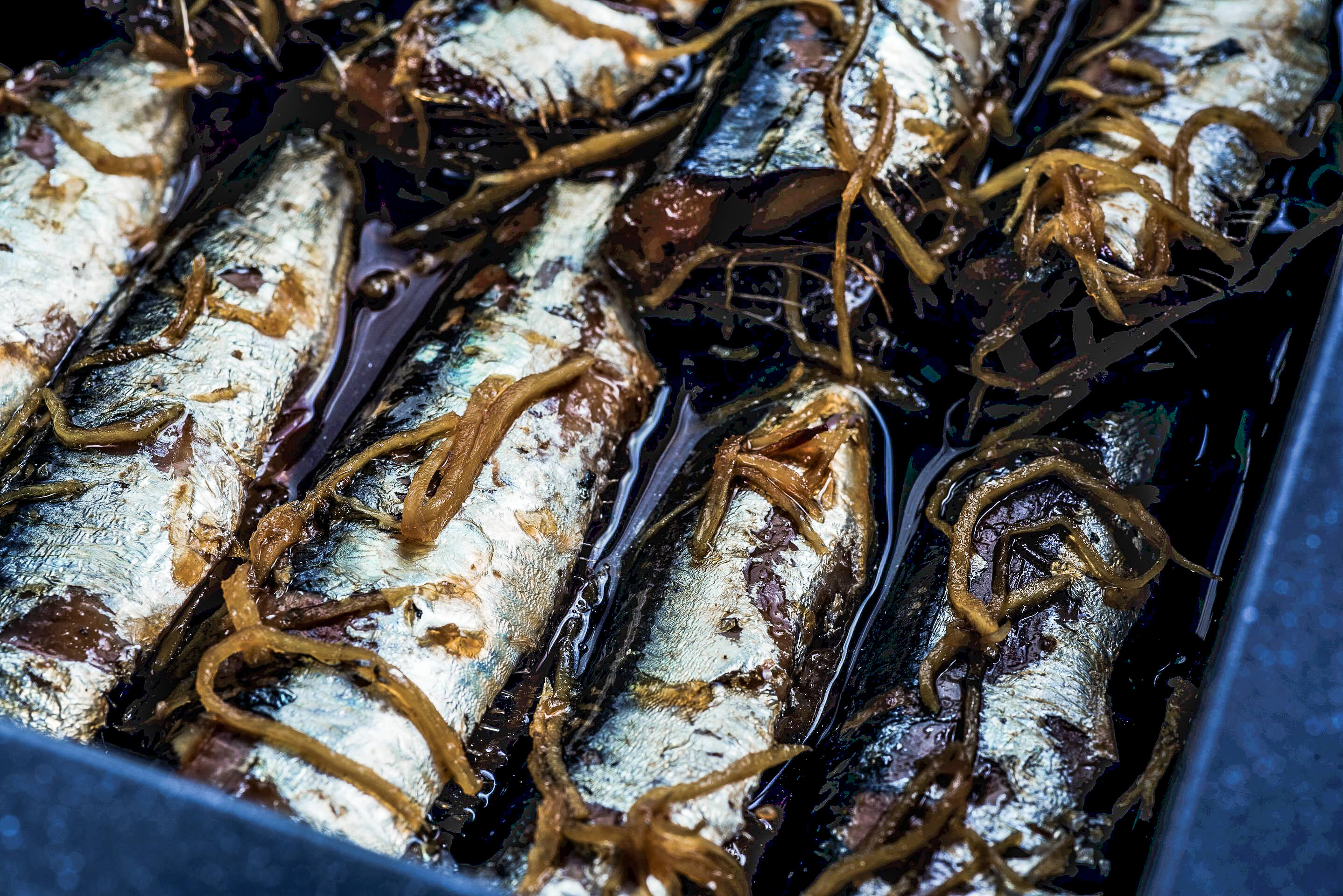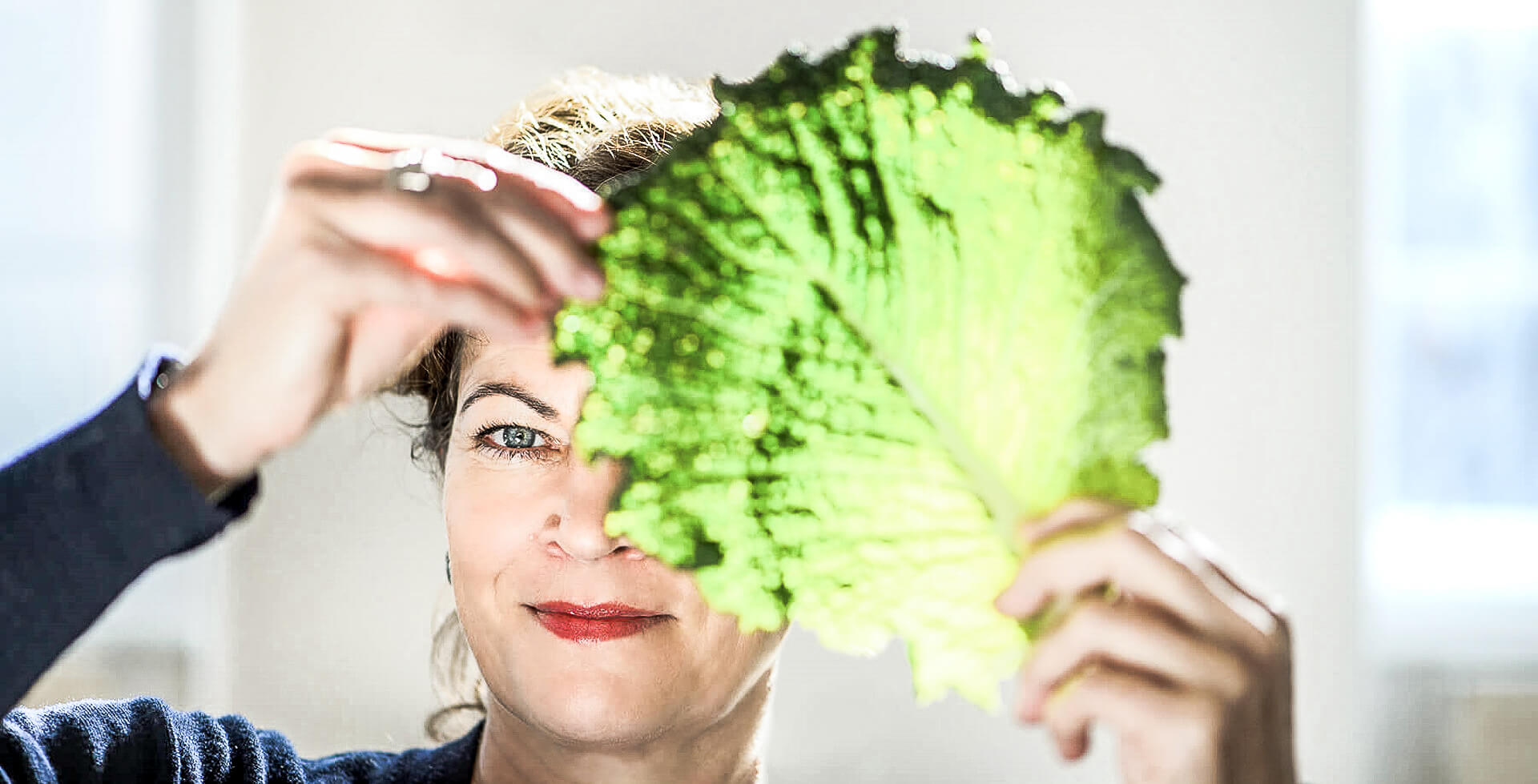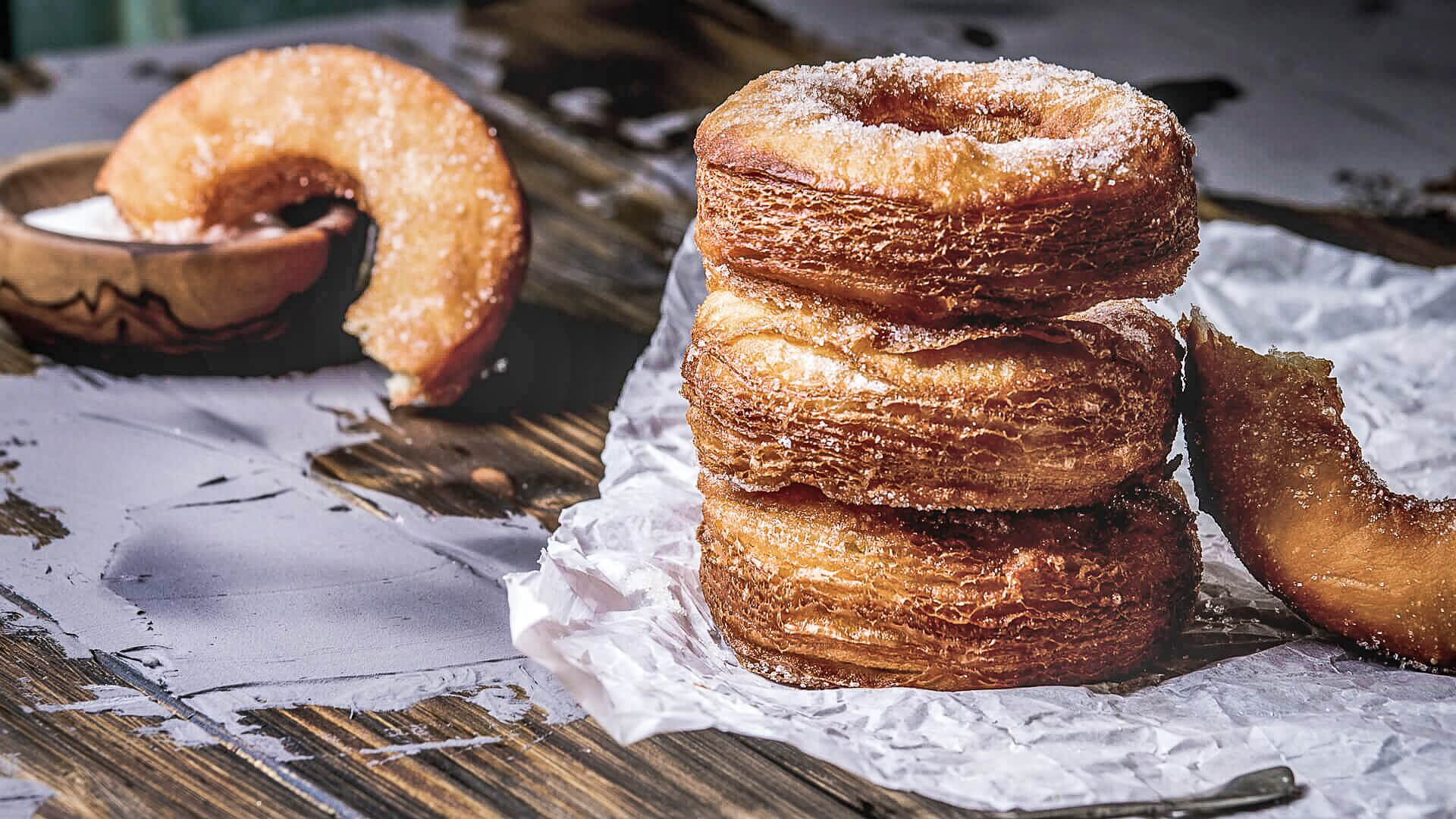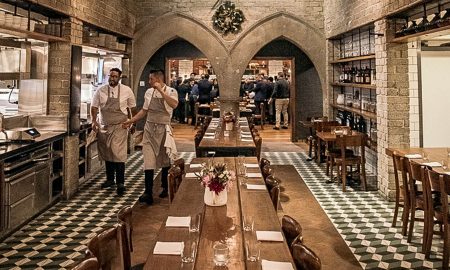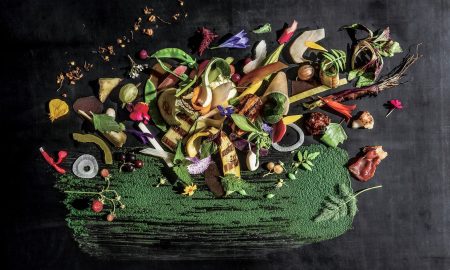This isn’t the fish market’s first home, though. It was founded in 1935, in the Tsukiji district of Tokyo’s Chūō City ward. Over the years, it ballooned into an ever-denser network of halls, alleys, and stands, eventually becoming known as the largest fish market in the world. Eventually, though, the original location was deemed too crowded, and the city decided to move the market a mile away, to one of the man-made islands created in Tokyo Bay in the 1930s.
Tokyo’s “Fish Market 2.0” opened its doors in October 2018, and its hegemony over the seafood world continues to expand. This new three-building complex cost around €4.4 million to construct; it sprawls across nearly 100 acres – a 70% increase over the old market – and is home to around 900 businesses and restaurants. Day after day, like Tsukiji before it, Toyosu welcomes throngs of retailers, commercial purchasers, and foodie tourists. The early-morning tuna auctions are particularly fascinating – if you’re interested, you can watch the proceedings from a special observation platform. Try to make reservations about a month in advance.
The Black Diamond
The Japanese are definitely passionate about high-quality ingredients, but they take it to a whole new level when it comes to fish. The country only makes up two percent of the world’s population, but accounts for 80% of the world’s bluefin tuna consumption. Tuna is considered the ‘black diamond’ of the fish world, and bluefin is the most expensive variety. But if you want to get your hands on the very best fillets, you’ll need more than just money – you’ll also have to build a relationship with one of the retailers who regularly take part in the tuna auctions.
At the crack of dawn, around 300 authorized dealers (identifiable by the yellow marks on their caps) make their way into the expansive Toyosu Market hall where tuna are laid out in rows on the floor like torpedos. The giant fish for sale here hail from every corner of the world: Australia, New Zealand, the Mediterranean Sea, or even Boston. The experts pick up pieces of fish to examine the flesh, kneading it gently with their fingers to check the consistency. Only the most experienced fish connoisseurs can tell how a fish tastes using their fingertips.
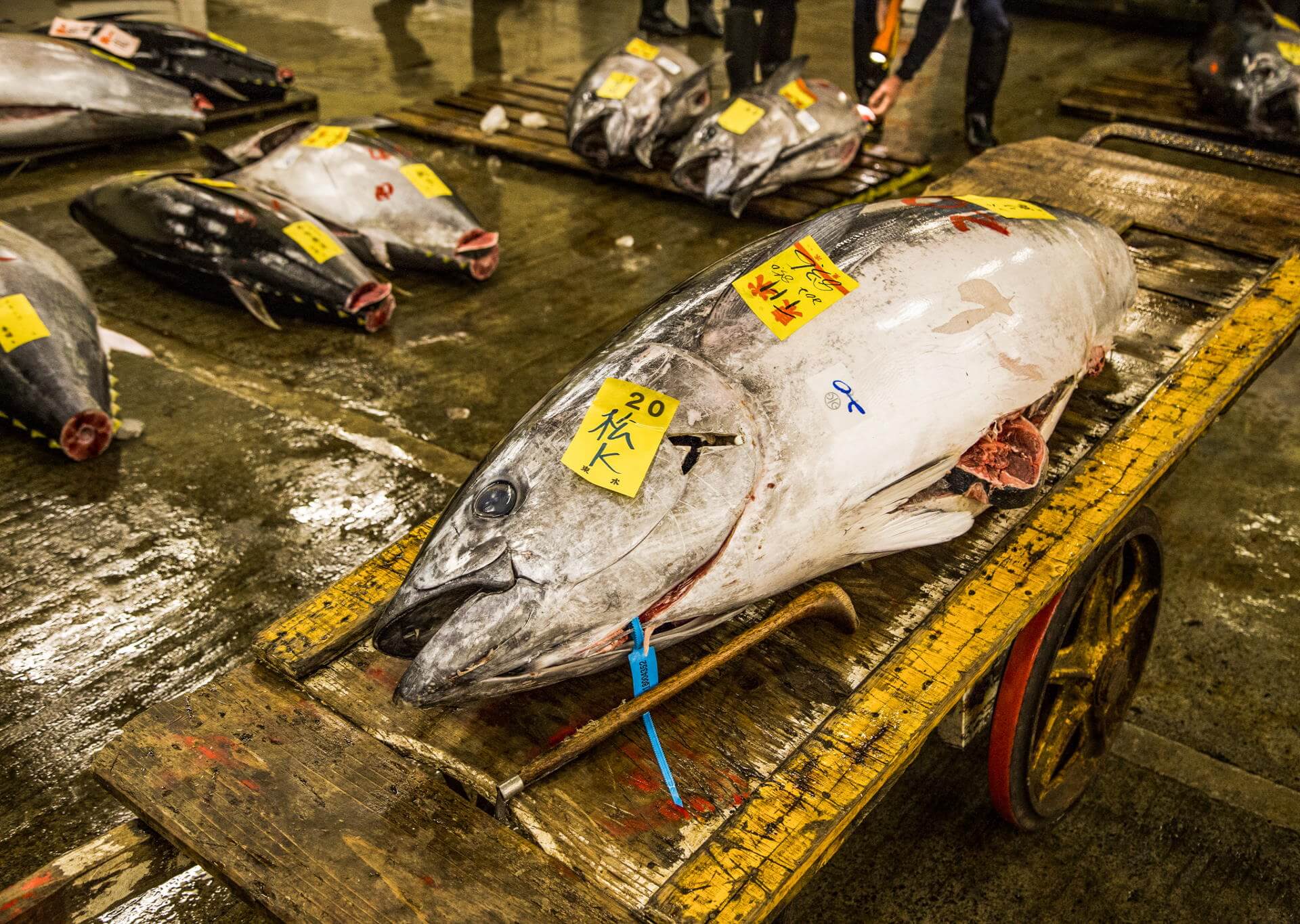
Toyosu-market auction | Image: adobestock.com , naoko
Princely sums for the king of the ocean
Then the auction begins – a strange ritual involving noises and gestures that only insiders understand. Offers are called out from every corner of the hall. The auctioneer begins at 10,000 yen – about €80 – per kilo of bluefin tuna; many auctions end at more than double that. One powerful “king of the ocean” can bring in up to €85,000, about as much as a Mercedes limousine.
The New Year’s auction is a particularly special affair, and the first fish on the block often goes for record prices. The finest bluefin in town becomes an object of prestige worth fighting over, because snagging the first fish of the year is considered a great honor – and paying over half a million USD is said to bring good luck to the buyer’s business. Appearing in headlines around the world probably doesn’t hurt, of course.
At the 2020 New Year’s auction, winning out over competing bidders from Hong Kong cost Kiyoshi Kimura – Tokyo’s “tuna king” and the founder of Japan’s first sushi chain – a cool €1.5 million. Which was the second-highest price in history. Wait, only the second? Yep. In January 2019, shortly after the new market opened, a single bluefin tuna went for €2.7 million. The winner? Kiyoshi Kimura, once again.
Supplies running short
Directly after the auction ends, the fish is carved up and sold in the public area of the market, which is said to have the best sashimi in the city. One piece of Grade I tuna sashimi – the most expensive, fattiest cuts, usually belly meat – could set you back as much as €20. But even if you go for a less-expensive, medium- or low-fat morsel, you’ll still pay more than double per kilo compared to the auction prices of just an hour before.
Tuna prices have been rising in general, too. Over the past five years, in particular, overfishing and illegal fishing have made bluefin tuna increasingly rare; environmentalists warn that they may go extinct by 2050. They’re currently only found in the wild, though researchers have been working for years to develop bluefin farming methods. The fish are getting smaller as well: six- and seven-hundred-pound bluefin were common once upon a time, but nowadays they range from 90 to 250 pounds.
The Japanese are reluctant to give up the beloved food source, however. Interestingly, the Cult of Tuna is a relatively new development in the country. Two hundred years ago, tuna wasn’t considered special at all – diners preferred lighter, white-meat fish varieties. Over time, Western influence on Japanese dining culture brought fatty tuna into fashion; today, it’s among the world’s most profitable retail goods. Toyosu Market’s astronomical auction prices are partly due to the world’s dwindling supply of tuna. No surprise here: the market’s sales revenues top €10 billion annually. Thousands of fish are bought and sold here each morning; retailers sell 480 varieties of fish and seafood here, to the tune of €12 million a day.
Despite the auctions, and despite how wildly successful the new location has become, it doesn’t have quite the same authentic charm as the original – not yet, anyway. Local foodies and culinary tourists from around the world continue to flock to Tsujiki Outer Market’s tangled alleys, where it’s business as usual for countless restaurants, shops, and food stands. Fish Wall Street 1.0 still has its original flair, and it remains one of the biggest attractions in a metropolis that’s already spoiled for culinary choice.
Food tip: Sushi Bun, which may very well be Japan’s oldest sushi restaurant. Maki Isogai and her sushi chef offer simple, delicious maki and nigiri prepared using traditional methods; you’ll be hard-pressed to find cooked eel that can hold a candle to theirs. Which also explains the lines stretching all the way out the door.
Notice: Toyosu Market was closed due to the coronavirus but reopened on June 8


